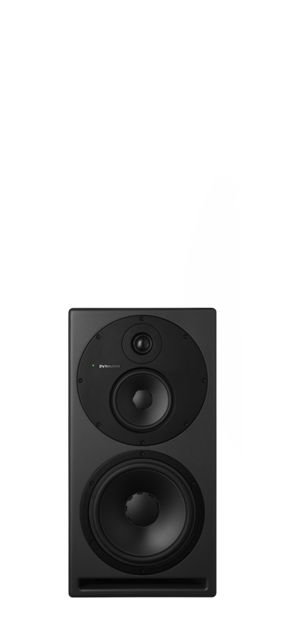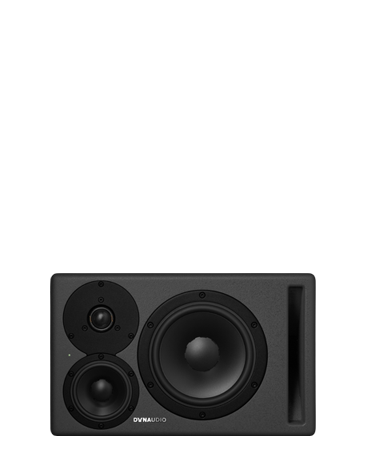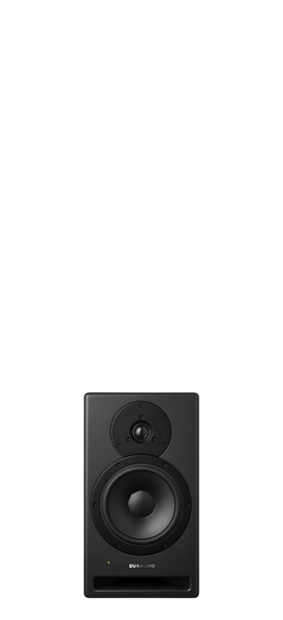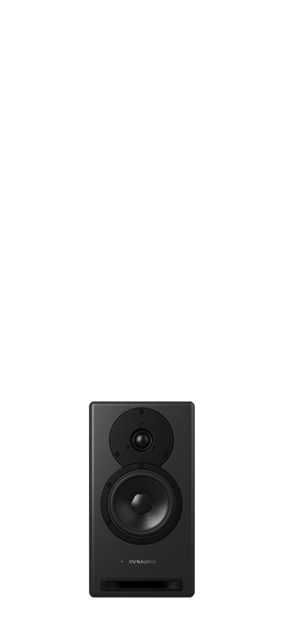- Home
- >
- Professional Audio
- >
- Core
- >
- Core 5
- Home
- >
- Professional Audio
- >
- Core
- >
- Core 5
Core 5
Smallscale space, big-league immersive
Core 5
Demand for content only ever increases, while it seems physical studio space seems to go the other way. If you’re working in immersive audio, where you might need up to 16 speakers in your room, that can be an issue. Luckily for you, then, the compact Core 5 professional reference monitor is specifically designed for smaller rooms and nearfield monitoring.
Core 5 is the most compact model in our range of high-end professional reference monitors. It’s a two-way nearfield design that’s been created to work in cramped spaces in a stereo configuration, or to provide width and height support in an immersive set-up. And, crucially, to give you usable SPL for those jobs – so if you’re in an OB truck or a smaller mix-stage, you won’t strain to hear, and your eardrums won’t be blasted.
That’s courtesy of the twin class-D Pascal amplifiers in each speaker: one 280W unit for the mid/woofer and 280W for the tweeter. Couple that with the advanced DSP tech on-board, and you’ll get a flat bass response down to 45Hz at -6dB, and 51Hz at ±3dB. Impressive for a speaker this size, we think you’ll agree.
Precision across the range
Up top you’ll find a 28mm Cerotar Pro tweeter. Like all other Core speakers (and all other Dynaudio speakers, for that matter), it uses a precision soft-dome diaphragm in conjunction with a Hexis resonance-defeating inner dome. It’ll play up to 30kHz – so you’ll get all the detail you need – while still remaining a relaxed listen. That’s crucial if you’re working for a long session (once fatigue sets in, you might as well go home for the night).
The 5in woofer digs down to 45Hz. It’s made from our proprietary MSP (Magnesium Silicate Polymer) material – which provides precisely the right combination of lightness, stiffness and damping to produce the kind of accuracy that’ll make your hair stand on end.
Make no mistake: these are revealing speakers. If there’s a problem in your mix, they’ll let you know about it.
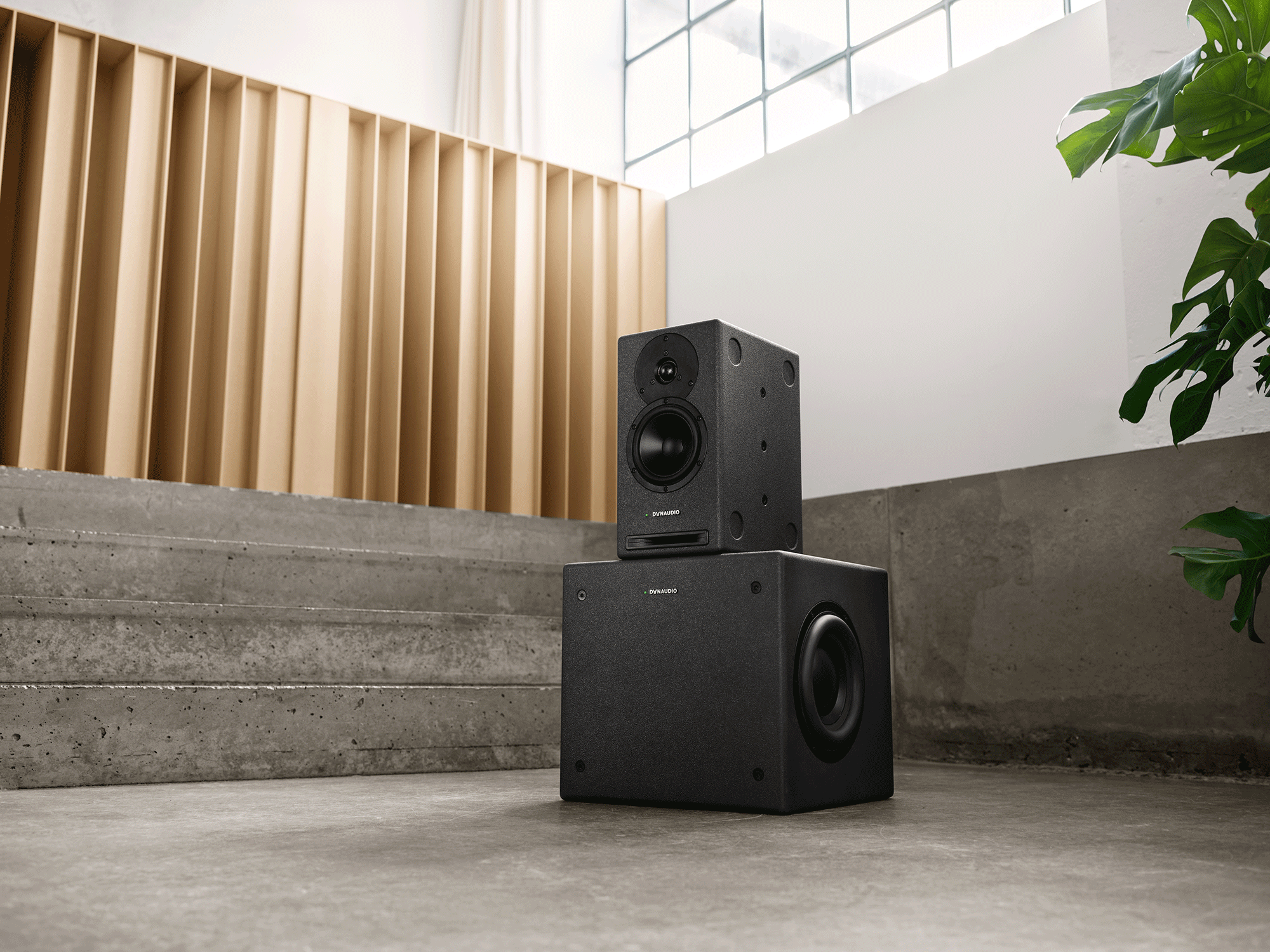
Fine-tuning for fine tunes
On the other side of the simple back panel is the most advanced digital technology we could cram in. We’ve given Core 5 the same future-proof innovation as the rest of the range; the culmination of decades of research and development into exactly what studio professionals need.
Each speaker has two DSP filters to help you compensate for position and boundary locations. If they’re on your desk, there’s a switch for that (cunningly called ‘Desk’), which deals with first-reflections from the mixing surface. Got them on stands or brackets further away? Choose ‘Anechoic’. And if they’re in a purpose-built wall, ‘Soffit’ is your go-to. Then you can drill-down into ‘Free’, ‘Wall’ or ‘Corner’ modes to compensate for reflections. There’s also a low-frequency 80Hz Linkwitz-Riley cutoff for use with a subwoofer.
You know your room better than anyone, which is why we’ve gone even further and given you Sound Balance options to change Core 5’s overall presentation between ‘Bright’, ‘Neutral’ and ‘Dark’. These are much more than the typical shelving filters found in other brands: these ones use a full-spectrum band-pass filter that tilts depending on the sound you want. In ‘Dark’ mode, you’ll get a 1.5dB decrease at 20kHz, and a 1.5dB increase at 40Hz. ‘Bright’ swaps to the inverse of that. Doing it this way means phase response is maintained between the drivers, which means timing is kept spot-on… which means your soundstage remains crystal-clear.

Choose your own input sensitivity
Precision is everything, whether you’re using analogue or digital inputs. That’s why we’ve given you the option to control the gain-staging between the monitor controller and the speakers.
Using the analogue inputs? There’s a dedicated switch to give you between 0dBu and +24dBu to set the maximum analogue input level for the Core 5.
You can also set the maximum output SPL with the greatest bit-depth. Set this to 96dB (reference -20dBFS) for the peak SPL of 116dB for the maximum level, or optimise the bit-depth for both inputs for lower-level listening, switching to 79dB (reference -20dBFS).
If you’re in a digital workflow, set which AES3 stream channel is going to the monitor using the ‘Digital channel’ switch. The DSP will operate at the input sample-rate (with no sample-rate conversion), and can either lock to the digital audio clock or the word clock for ultimate accuracy.
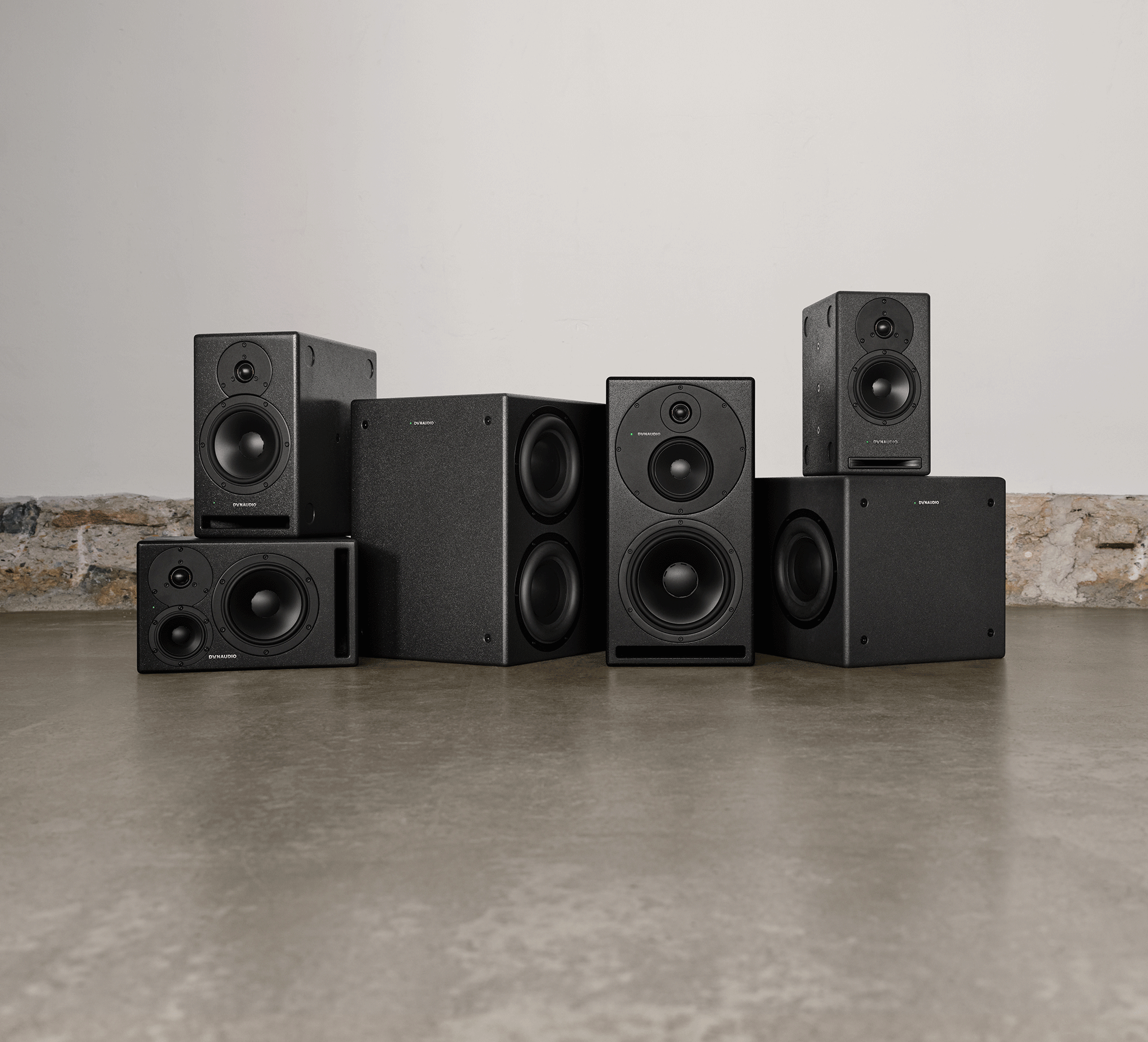
Sophisticated DSP that’s surprisingly easy to use
The AIR series was famous for its advanced DSP system. But our acoustic engineers don’t believe laurels are for resting on, so they’ve constantly been looking for better and more innovative ways of doing it.
That work has resulted in some great leaps in DSP sophistication – but also in the way it’s applied in everyday use. You, our users, wanted something easier to use, and that’s exactly what you get with Core – with even better performance.
Positioning is critical when installing a monitor system. That’s why each Core 59 has two DSP filter switches to address its position and boundary locations. For example, if you place the monitors on the meter bridge of a large-format mixing console, set them to ‘Desk’. This will help compensate for the first reflection created by the mixing surface. On the other hand, if you put the monitors into a purpose-built wall, setting the Position 1 filter to ‘Soffit’ will compensate for the increased bass response.
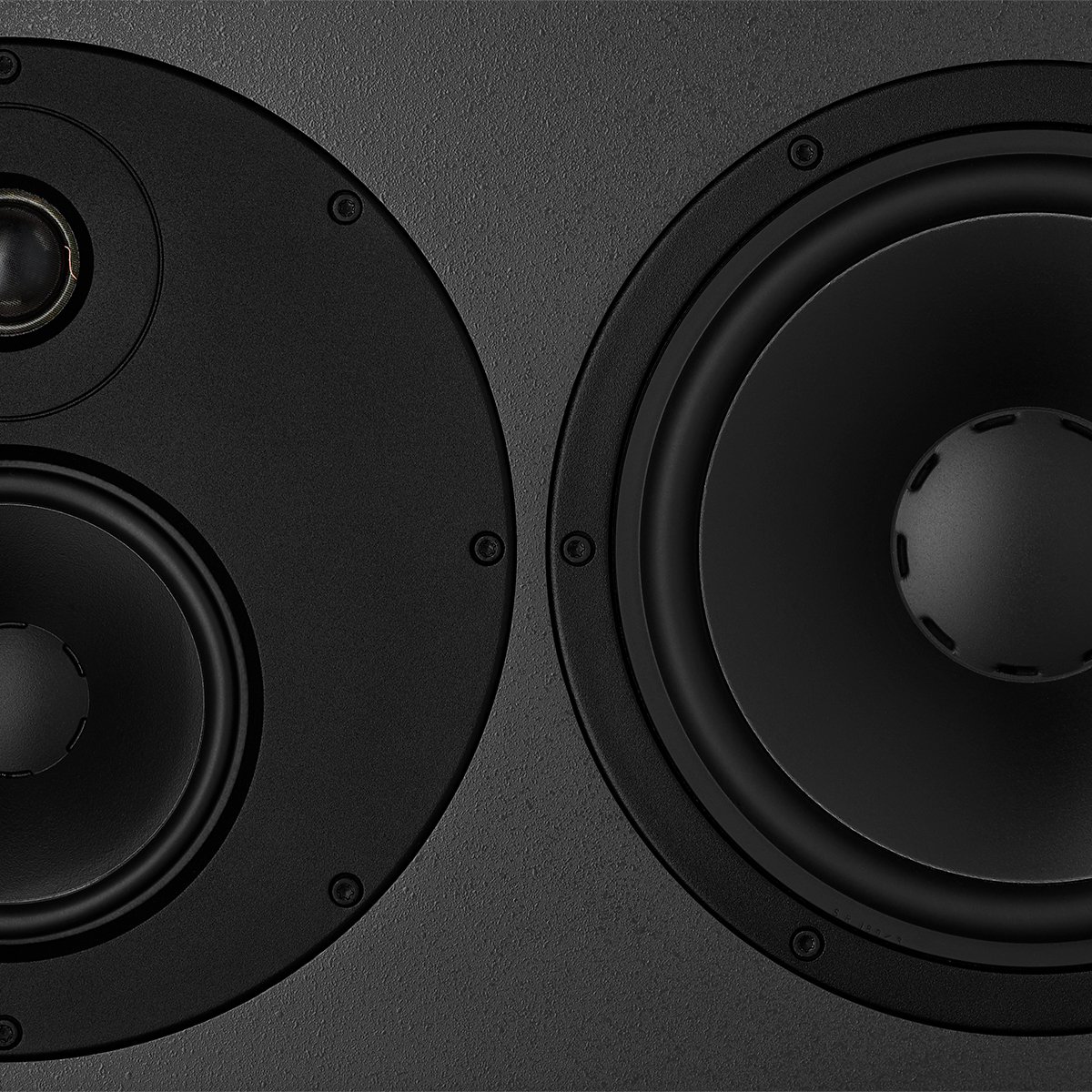
The tone that meets your tastes
Boundary effects created by placing a monitor close to walls or a ceiling can be compensated for by adjusting the Position 2 filter between ‘Wall’ or ‘Corner’. These filters help compensate for the reflections created by the boundary walls, especially in the lower frequencies.
There’s also a low-frequency 80Hz Linkwitz-Riley cutoff that can be engaged if you’re using Core 59 with a subwoofer to extend the low frequency response.
Users can also alter the overall presentation. Core 59 uses the same concept as the LYD series Sound Balance filter – a different design to typical shelving-EQ tweeter and woofer adjustments found on most active monitors.
Instead of simply fine-tuning the tweeter level up or down, which will affect phase response, Core 59 uses a full-spectrum band-pass filter that tilts depending on the desired tonal response. In the ‘Dark’ setting, the entire frequency response is tilted so that 20kHz is down -1.5dB, while 20Hz is up +1.5dB. In ‘Bright’, the tilt is reversed (+1.5dB at 20kHz and -1.5dB at 20Hz).
This gentle filter maintains the proper phase response between the drivers while providing the tone that meet your tastes. The changes are subtle, but often this little tweak is enough to make the sound balance just right.
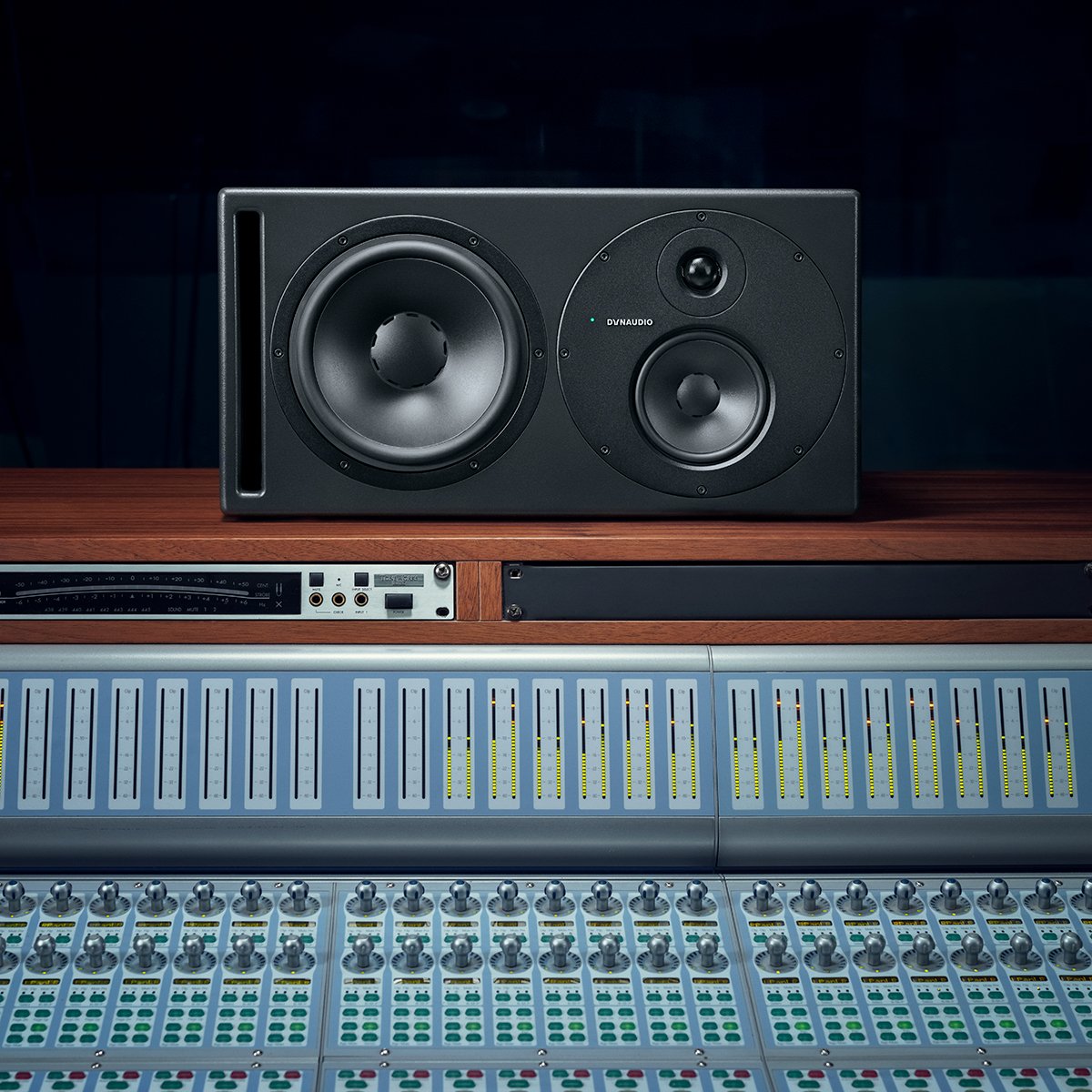
Input sensitivity the way you want it
The noise-floor and signal resolution of any monitoring system is critical to its performance.
Whether you’re using the analogue or digital inputs, you need to be able to control the gain staging between the monitor controller and the speaker system. We’ve provided a range of 0dBu to +24dBu to match the analogue input sensitivity to the output level. Once optimised, Core 59 processes all analogue signals at a 192kHz sampling rate and 64-bit resolution in the DSP (from the 24-bit analogue-to-digital converter) for the greatest degree of mathematical precision.
There’s a switch to determine the maximum output SPL with the greatest bit-depth in the DSP. If you want the maximum level, set this to 112dB. If you work mostly at lower levels, choose a lower SPL setting to optimise the bit-depth of the DSP for both inputs.
When using the AES digital inputs, you must determine which channel (left or right) of the AES stream is used for that monitor. Core 59’s DSP operates at the incoming sample rate and either locks to the digital audio clock or word clock to maintain the most accurate signal possible.
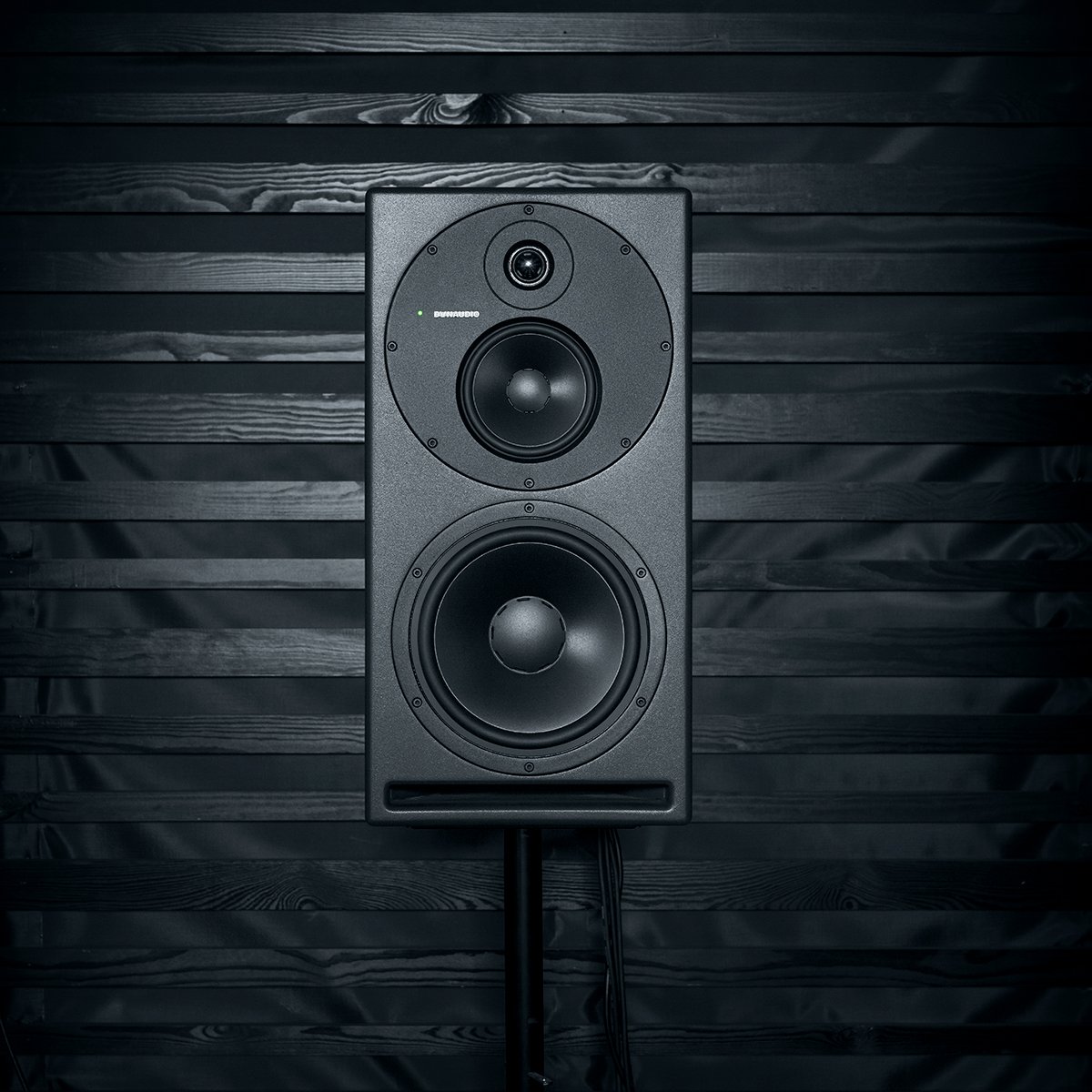
The beating heart of your studio
We’ve designed Core 59 for you. We’ve designed it to be used however and wherever you need it – whether that’s for near-field, mid-field or main monitoring, or in soffit-mounted set-ups.
It’s made for music mastering, mixing, and recording; theatrical re-mixing; editorial and sound design for games or anywhere else you need an uncompromising critical monitoring system.
Core 59 is ready to be installed in high-SPL immersive audio and other multi-channel environments with both analogue and digital connectivity, DSP controlled acoustic response, and versatile positioning. That means complete tonal consistency whatever your monitoring needs.
It really does give you everything you need to hear.
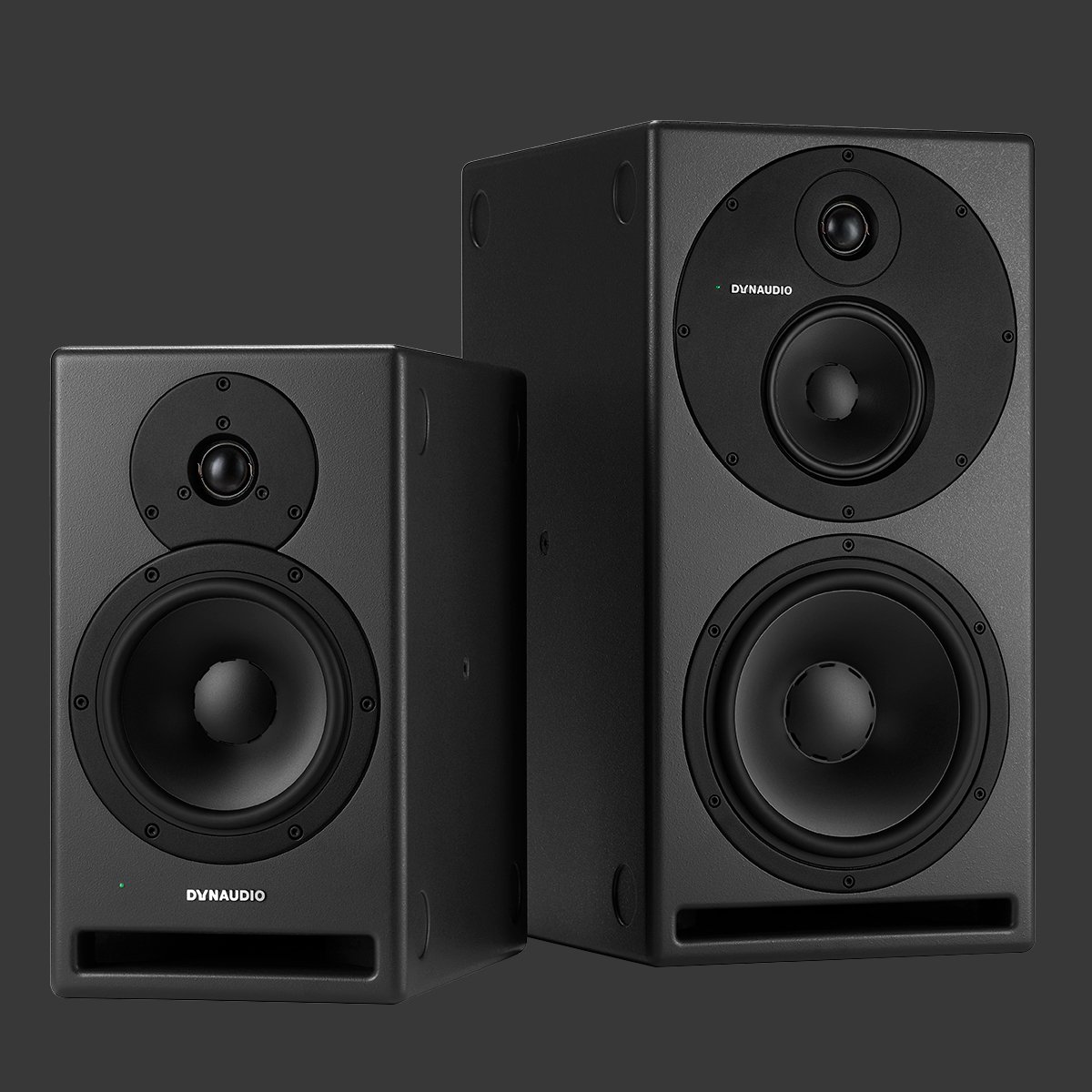


Core
Features
Hand-crafted
Designed, developed, tested and made in Denmark. All the drivers are hand-made at Dynaudio HQ, and each speaker is individually calibrated before it leaves our factory
Advanced DSP
Simple to use… but incredibly powerful. Core’s DSP optimises performance for positioning, sound balance and bass extension
Power to spare
Each driver has its own dedicated class-D amplifier: 500W each for the woofer and midrange drivers, and a 150W amp for the tweeter. That’s some serious headroom
Esotar Pro tweeter
Dynaudio’s already legendary high-frequency driver has been redesigned and re-engineered for high-performance professional use
Core 5
Specifications
- Status Current
- Segment Pro
- Series Core
- Type Nearfield Monitor
- Analog inputs XLR
- Digital inputs AES3 XLR, BNC word clock 1x BNC word clock
- Digital outputs AES3 XLR
- Maximum SPL (Anechoic dB @ 1m) 104
- Maximum SPL (Half space dB @ 1m) 110
- Amplifier Power Woofer (W) 280
- Amplifier Power Tweeter (W) 280
- AC Power Input 100-240V 50/60 Hz
- Max Stand-by Power Consumption (W) 0.48
- Lower Cutoff (Hz @85 dB +/- 3 dB) 46
- Upper Cutoff (kHz @ 85dB +/- 3 dB) 26
- Lower Cutoff (dynamic) (Hz @ -6 dB) 42
- Upper Cutoff (dynamic) (kHz @ -6 dB) 29
- Box Principle Front-loaded bass reflex
- Crossover 2-way DSP-based
- Crossover Frequency (Hz) 3800 Hz
- Tweeter 1.1in Cerotar Pro soft dome with Hexis
- Woofer 5in MSP
- Weight kg 8.6
- Weight lbs 19
- Width mm 190
- Depth mm 265
- Height mm 353
- Width inches 7 1/2
- Depth inches 10 3/8
- Height inches 14
- Speakers per packaged box 1
- Finishes Dark Grey
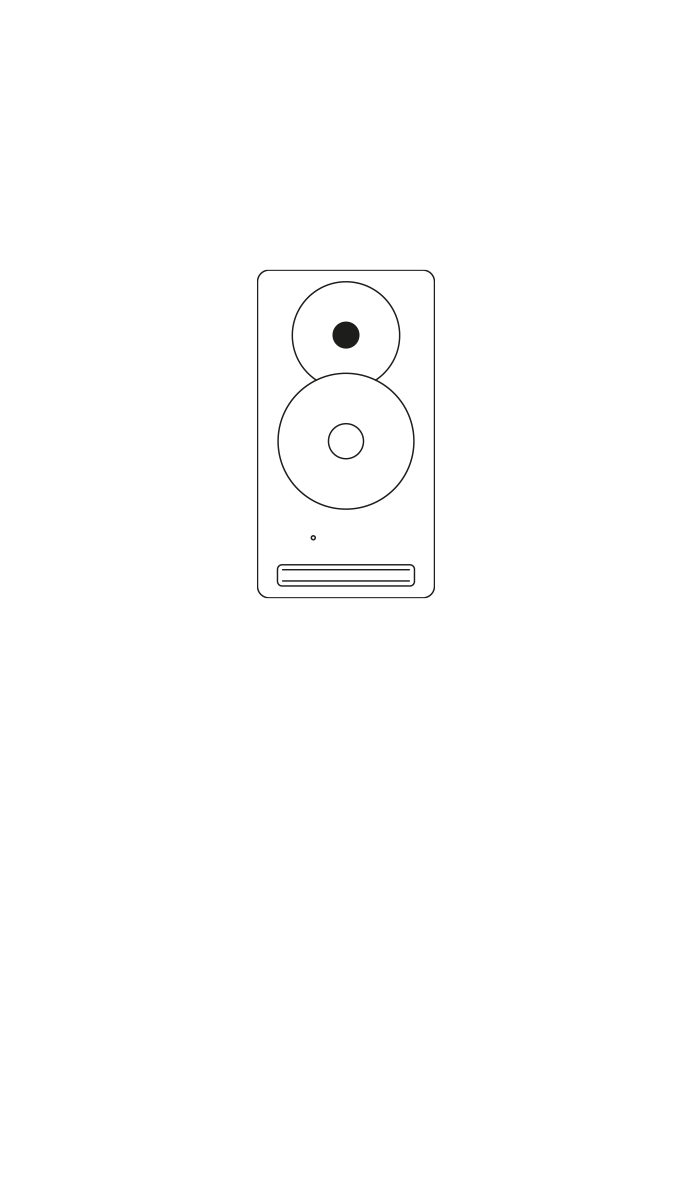
Reviews
Perfect for mixing and mastering
"The Dynaudio Core 59 is a modern and high quality active monitor for a reasonable price. It provides an authentic, analytical result and is perfect for mixing and mastering. It is also fun and not overly critical, so it can be used over a long period of time."
German music portal Bonedo
Where to place Core 5
Simple answer: anywhere you want. Core 5 can be stacked (we’ve added indentations to the surface to locate them precisely in place with other Core speakers and Subs), mounted on stands, and hung vertically or horizontally from our optional brackets. You can even invert them with the woofer above the tweeter.
Core 5 is designed for any nearfield scenario: so if you’re short on space in your OB truck, edit suite, mobile facility or immersive room, you know you’ll be able to get the precision you – and your audience – demand.
No more second-guessing. It delivers everything you need to hear.
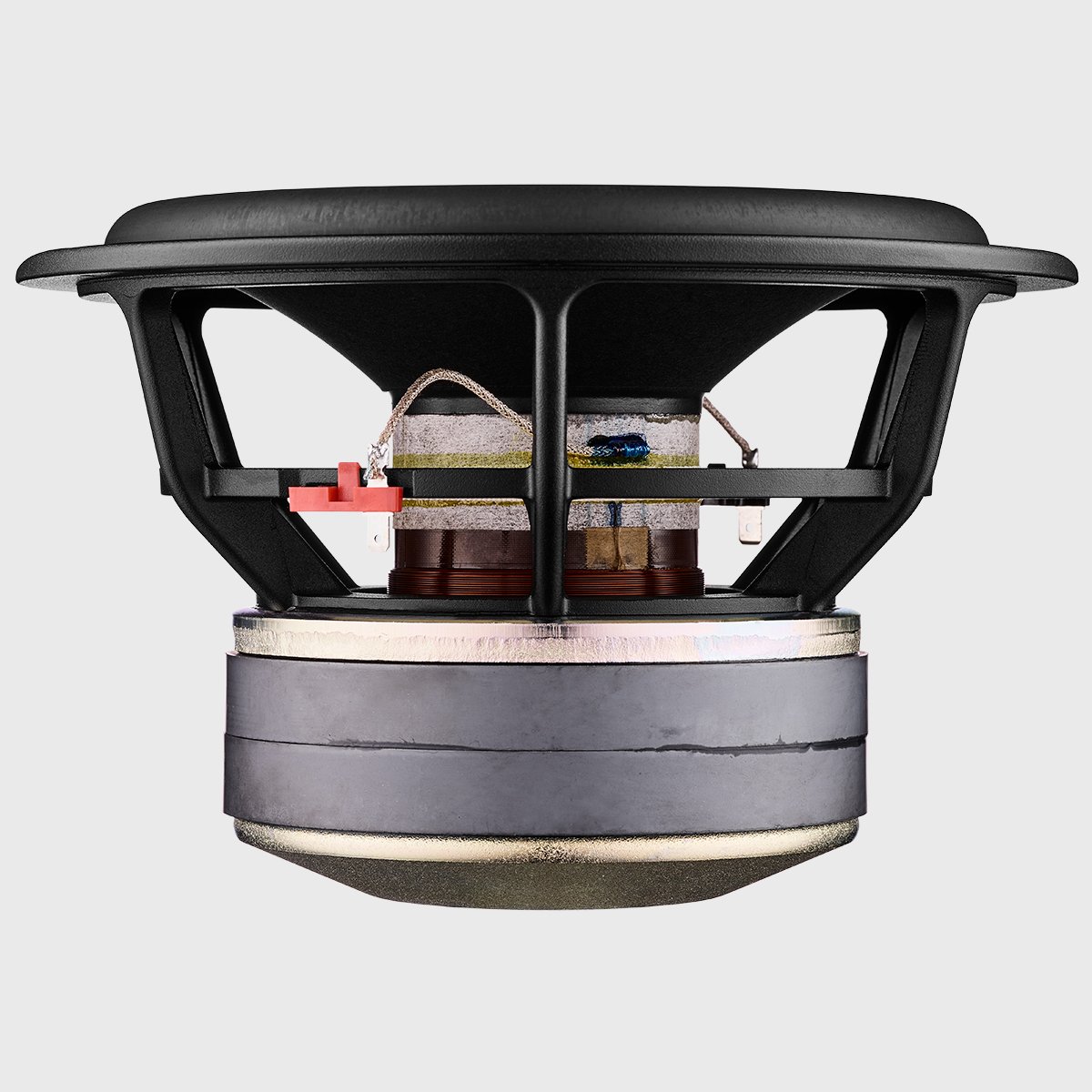
Core series
- Status:
- Segment:
- Series:
- Type:
- Analog inputs:
- Digital inputs:
- Digital outputs:
- Maximum SPL (Anechoic dB @ 1m):
- Maximum SPL (Half space dB @ 1m):
- Amplifier Power Woofer (W):
- Amplifier Power midrange (W):
- Amplifier Power Tweeter (W):
- AC Power Input:
- Max Stand-by Power Consumption (W):
- Lower Cutoff (Hz @85 dB +/- 3 dB):
- Upper Cutoff (kHz @ 85dB +/- 3 dB):
- Lower Cutoff (dynamic) (Hz @ -6 dB):
- Upper Cutoff (dynamic) (kHz @ -6 dB):
- Box Principle:
- Crossover:
- Crossover Frequency (Hz):
- Tweeter:
- Midrange:
- Midrange/Woofer:
- Woofer:
- Weight kg:
- Weight lbs:
- Width mm:
- Depth mm:
- Height mm:
- Width inches:
- Depth inches:
- Height inches:
- Speakers per packaged box:
- Finishes:
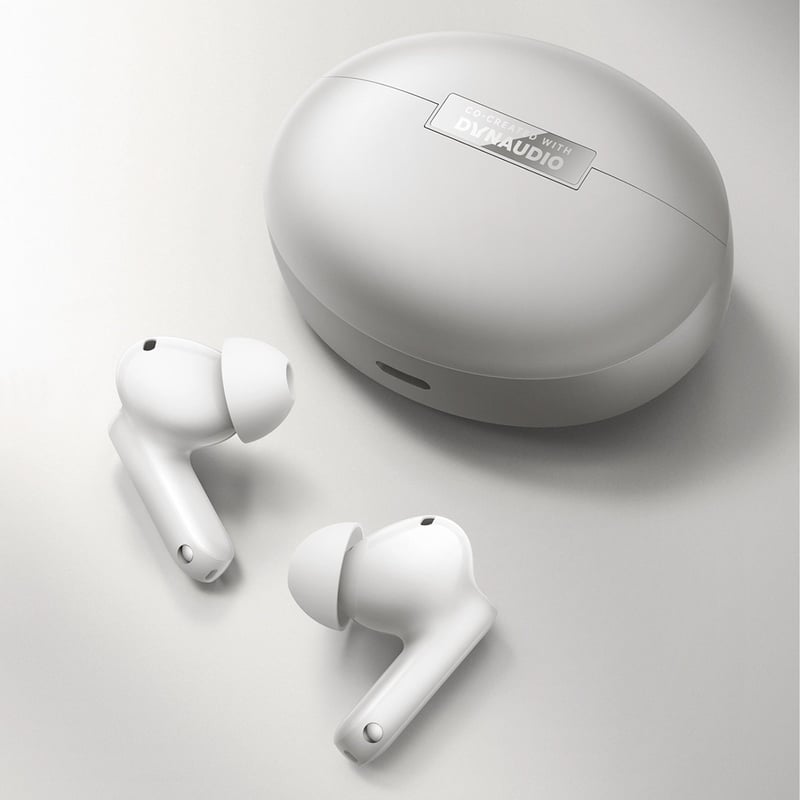
Dynaudio teams-up with OPPO for Enco X3s earbuds
We're thrilled to announce the release of OPPO's Enco X3s true wireless noise cancelling earbuds, with Dynaudio sound tuning.

Why are there holes in our speaker drivers?
On this episode of Ask The Expert, Otto explains why our speaker cones have small, rectangular slots around the central dome. Far from being a random ...
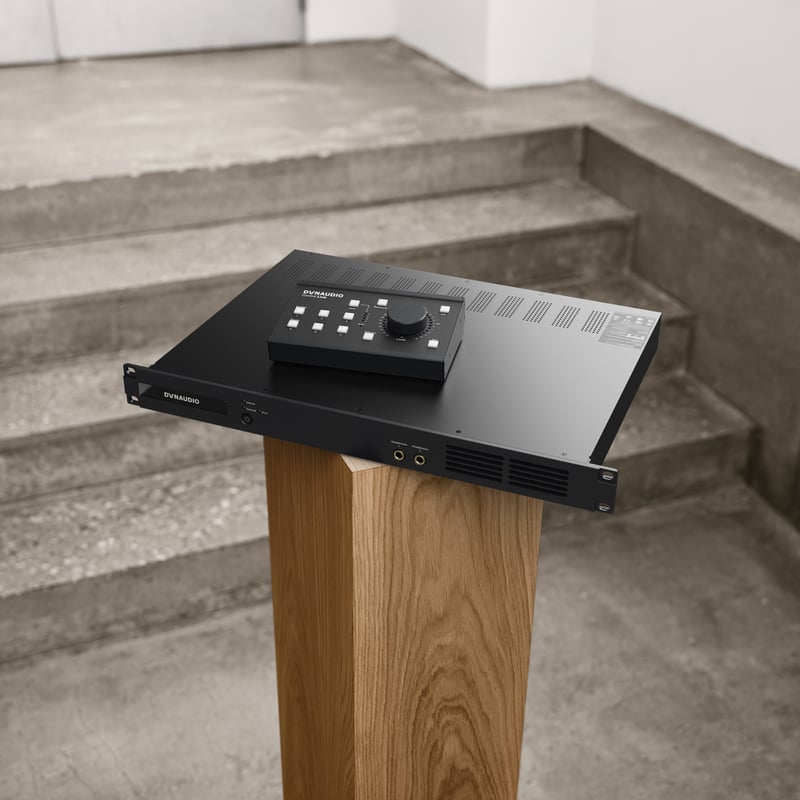
Dynaudio Control series
We are pleased to introduce the Dynaudio Control series: a suite of next-generation audio tools engineered to serve as the central monitor controller ...








